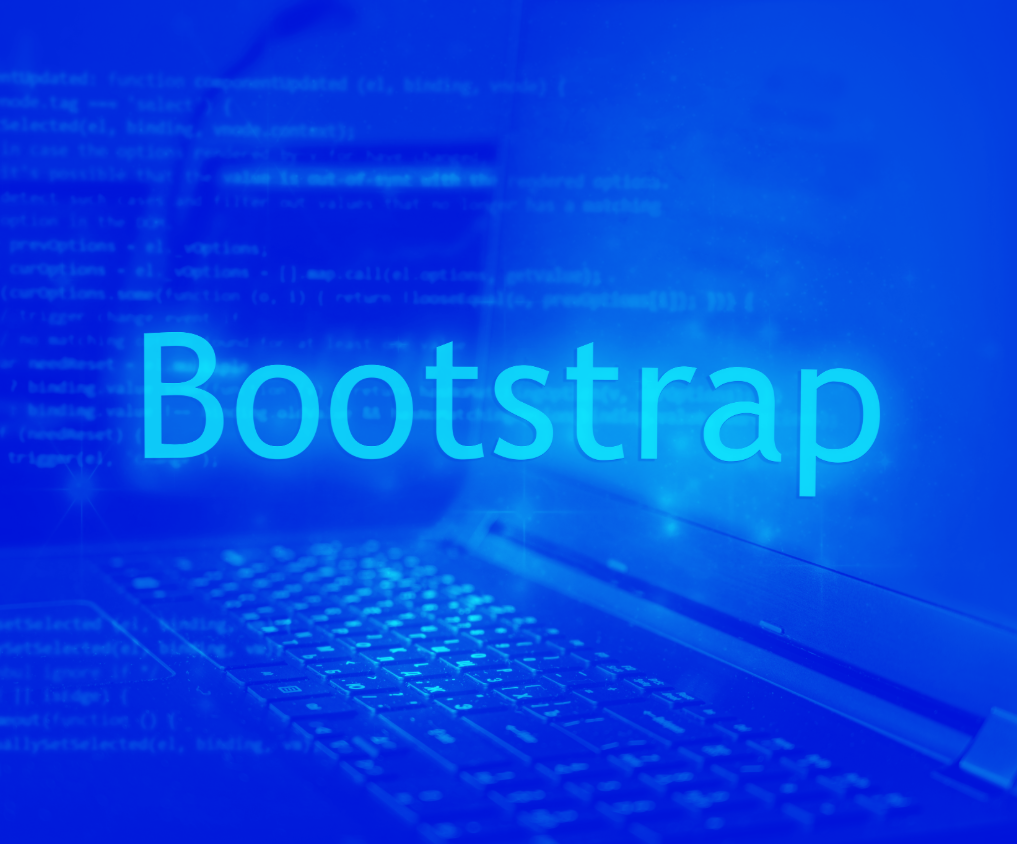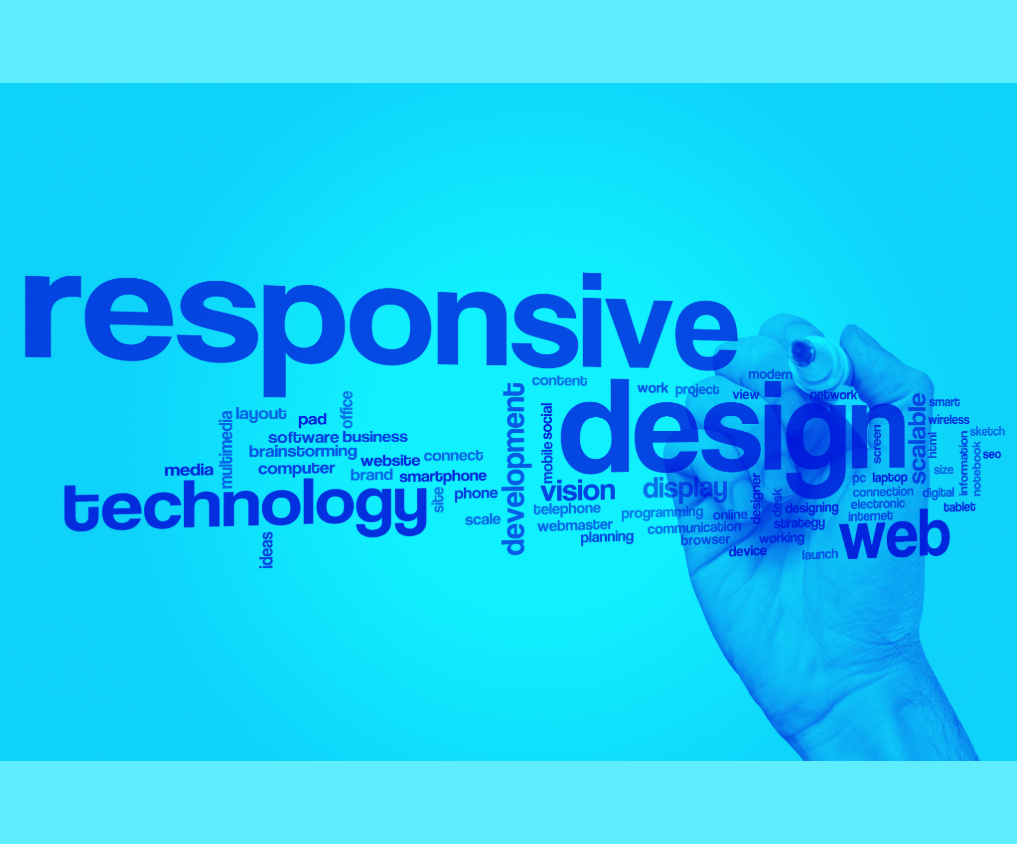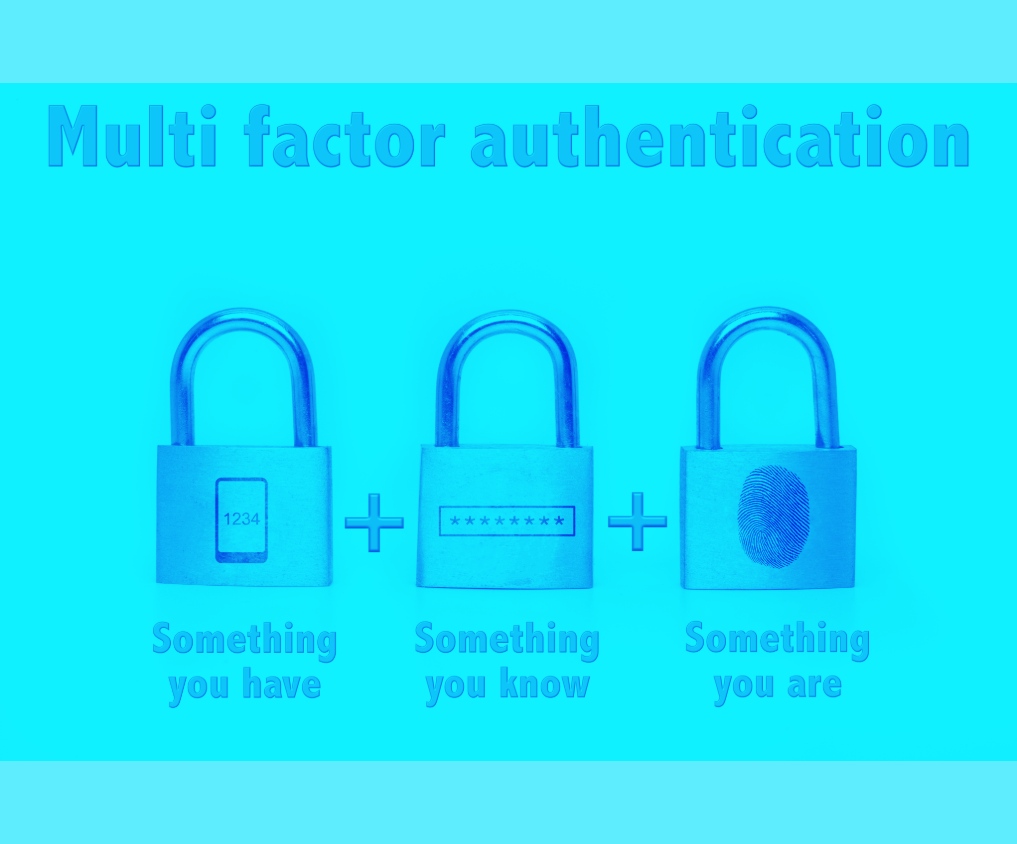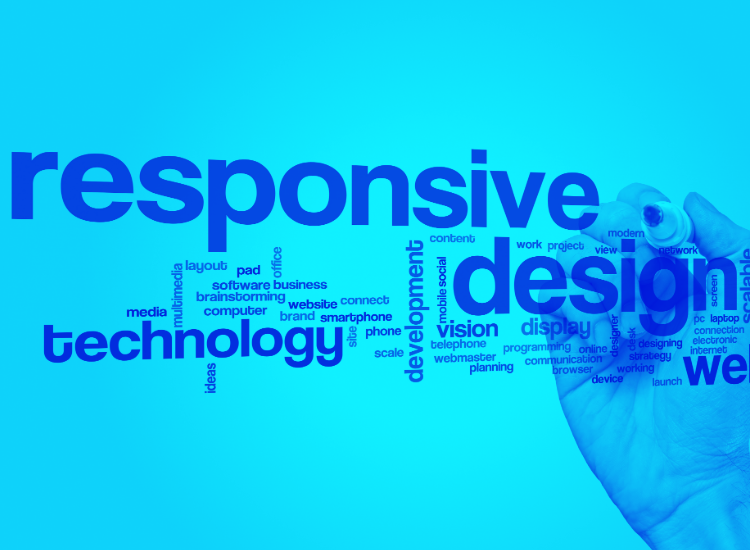Introduction:In the ever-evolving landscape of web development, HTML5 stands as a cornerstone, revolutionizing the way we create and experience the web. From its inception, HTML5 has empowered developers with a rich set of features, enabling them to craft dynamic, engaging, and accessible web experiences. In this article, we embark on a journey to explore the essence of HTML5, its key features, and its profound impact on the web ecosystem.
Evolution of HTML5:
HTML5, the fifth and latest version of Hypertext Markup Language, was introduced in 2014 with the vision to standardize the language of the web and address the shortcomings of its predecessors. Unlike its predecessors, HTML5 was designed to support multimedia elements natively, eliminating the need for plugins like Adobe Flash. This pivotal shift not only enhanced the web's performance but also simplified the development process, making it more efficient and versatile.
Document Structure: HTML documents follow a hierarchical structure. The basic outline includes the !DOCTYPE html declaration, the opening and closing html tags, and within that, the head and body sections. The head typically contains metadata, such as the document title and linked stylesheets, while the body encapsulates the actual content visible on the web page.
Key Features of HTML5:
1. Semantics: HTML5 introduced a plethora of semantic elements such as header, footer, nav, and article, enabling developers to structure web content more meaningfully. This semantic markup not only enhances accessibility but also improves search engine optimization (SEO), making content more discoverable and comprehensible.
2. Multimedia Support: With HTML5, embedding multimedia elements such as audio and video became seamless. The audio and video elements allow developers to integrate media content directly into web pages without relying on third-party plugins, thus enhancing performance and cross-platform compatibility.
3. Canvas and WebGL: HTML5 introduced the canvas element, which provides a powerful scripting interface for rendering dynamic 2D graphics and animations directly within the browser. Additionally, WebGL, based on OpenGL ES, extends this capability by enabling hardware-accelerated 3D graphics rendering in the browser, unlocking endless possibilities for interactive and immersive web experiences.
4. Offline Support: HTML5 introduced the Application Cache (appcache) and Web Storage (localStorage and sessionStorage) APIs, enabling web applications to function offline and store data locally. This offline support not only improves user experience but also increases resilience against network failures.
5. Geolocation: With the Geolocation API, HTML5 enables web applications to access a user's geographical location, facilitating location-based services and personalized experiences. This feature opens up avenues for innovative applications such as mapping services, weather forecasts, and location-aware content delivery.
Impact and Adoption:
Since its inception, HTML5 has witnessed widespread adoption across the web development community, driving innovation and shaping the digital landscape. Its robust features and enhanced capabilities have empowered developers to create responsive, feature-rich web applications that deliver immersive experiences across devices and platforms. From multimedia-rich websites to interactive web games and mobile applications, HTML5 has become the backbone of modern web development, driving the evolution of the web towards greater interactivity, accessibility, and performance.
Conclusion:
In conclusion, HTML5 stands as a testament to the continuous evolution of web technologies, empowering developers to push the boundaries of creativity and interactivity. With its rich set of features, including semantic markup, multimedia support, canvas and WebGL graphics, offline capabilities, and geolocation services, HTML5 has revolutionized the way we create and experience the web. As we embrace the era of digital transformation, HTML5 remains at the forefront, driving innovation and shaping the future of the web. So, whether you're a seasoned developer or just starting your journey in web development, HTML5 is your gateway to unlocking the full potential of the web.








